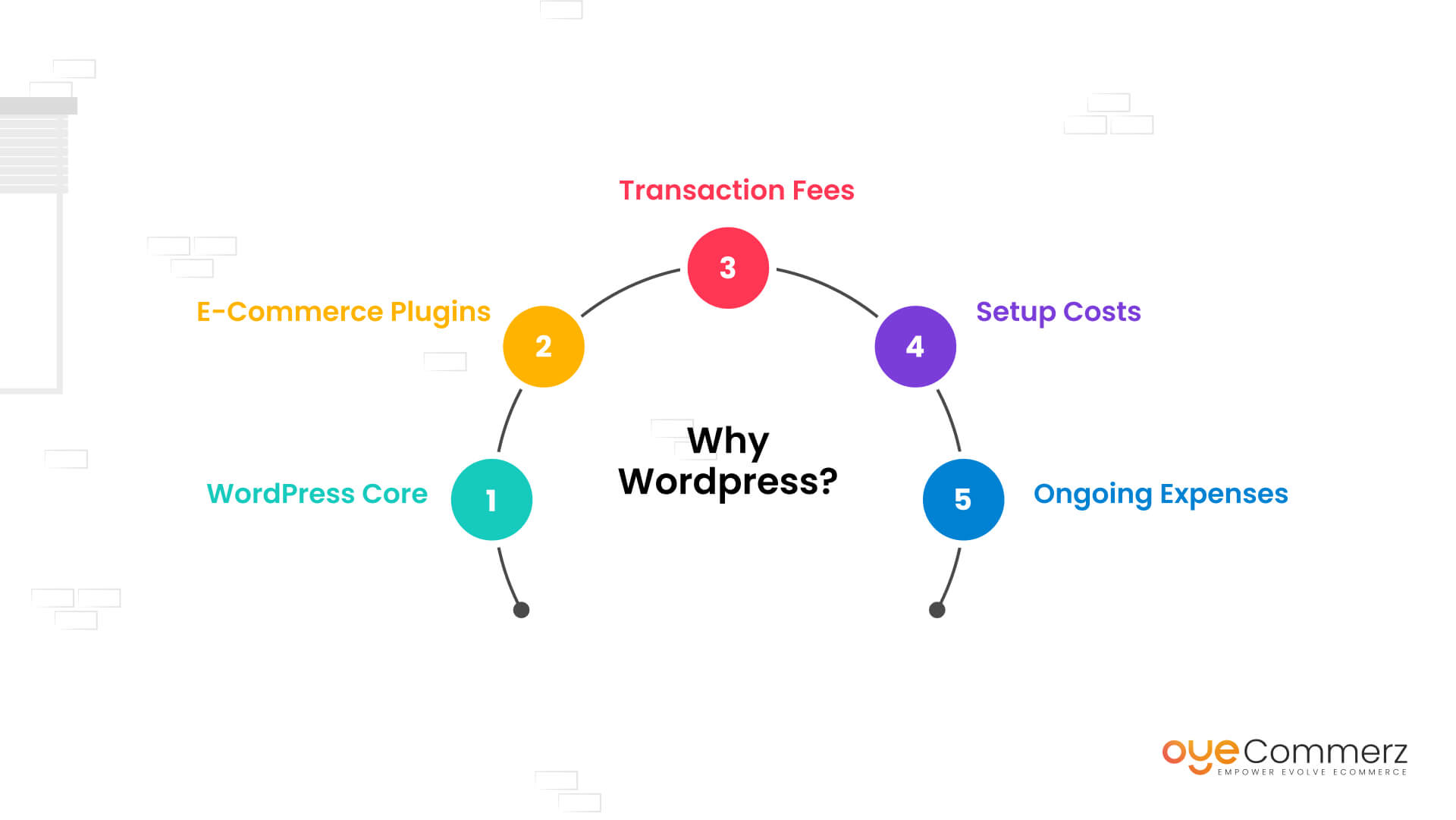Shifting from WP to Shopify marks an promising step toward optimizing your e-commerce operations. As companies expand, choosing a platform that aligns with scalability, user experience, and flexibility becomes crucial. Shopify has emerged as a preferred choice for online merchants, providing unmatched adaptability, security, and user-friendliness. In this guide, we will delve into why this migration is a game-changer, highlight the benefits, and share practical tips to facilitate a seamless move.
1. Why Migrate from WP to Shopify?
The combination of WordPress and WooCommerce, has served countless e-commerce platforms. However, as companies scale, issues like plugin dependency, security vulnerabilities, and complex setups can hinder progress. Shopify, designed explicitly for e-commerce, eliminates these issues with an comprehensive, user-friendly platform. Real data supports this shift—Shopify powers over 4.4 million stores globally, with a reported 10% boost to sales performance for numerous merchants after migration.
2. Shopify's Perks for Thriving Online Stores
Shopify’s robust ecosystem caters for scaling businesses. Its notable benefits are:
- Seamless Customization: Shopify provides over 80 professionally designed themes.
- Built-in Features: Features like Shopify Payments and built-in SEO streamline operations.
- Global Reach: Multi-currency support and localization features enable brands to reach global markets.
Additionally, Shopify delivers an uptime rate of 99.98%, ensuring your website remains accessible.
3. Preparing for WordPress to Shopify Migration
Prior to starting the migration process, assess your current store. Analyze product data, customer details, and SEO performance. Resources such as Shopify’s Migration Kit or external tools help ease the transition. Develop a comprehensive plan, making sure all assets—item details, images, and articles—are ready for seamless import.
4. Data Migration: A Critical Step
Transferring your data forms the foundation for a smooth platform switch. When moving from WP to Shopify, focus on:
- Product Information: SKU, descriptions, and groupings.
- Customer Data: Emails, purchase records, and custom fields.
- Search Engine Considerations: Preserve meta tags, URLs, and redirects to maintain search rankings.
Leverage tools such as LitExtension to facilitate seamless migration while reducing mistakes.
5. Customizing Your Shopify Store
Post-migration, personalizing your Shopify store helps it reflects your business identity. Take advantage of Shopify’s drag-and-drop editor to design pages effortlessly. Shopify's themes are mobile-responsive, providing a seamless user experience across platforms—a key point, given 74% of online shopping is generated by mobile users.
6. How to Protect Your SEO Rankings When Switching Platforms
Search engine optimization is crucial for maintaining your visibility during migration. Shopify is highly optimized for search engines with organized link formatting, preloaded features, and smooth content management. Make sure you:
- Set up URL forwarding for existing links.
- Optimize new pages with keyword-rich content.
- Leverage plugins like Plug in SEO to track analytics after the switch.
7. Essential Tests After Migrating to Shopify
After finishing the transfer, run detailed checks.
Check:- Page load times (Shopify delivers faster speeds in contrast with WP).
- Payment integration reliability and transaction flow.
- Mobile responsiveness.
Testing ensures your store delivers a smooth shopping journey from the start.
8. Case Study of a Successful Migration
An example of effective platform switching is Gymshark, a sportswear company that transitioned to Shopify. Post-migration, the company saw a 60% increase in mobile sales and significantly lowered site downtime. This highlights the potential of Shopify Shopify post-migration support in driving e-commerce growth.
9. Overcoming Common Migration Issues
Migration is not without obstacles, such as data integrity and reconfiguring custom functionalities. However, Shopify’s robust support and third-party experts simplify the process. Collaborating with experienced Shopify developers Smooth transition to Shopify ensures a trouble-free transition.
10. Starting Your Journey with Shopify
Switching from WP to Shopify marks a strategic approach to e-commerce. By addressing scalability, simplifying management, and enhancing the customer experience, Shopify empowers businesses to thrive in competitive markets.
Conclusion
Switching from WordPress to Shopify is a strategic move that can greatly enhance your online business performance. With a robust migration plan, the right tools, and professional guidance, you can unlock new success milestones.
Excited to start the journey? Let’s discuss how our Shopify migration services can transform your e-commerce platform. Get in touch today, or ask yourself: Can your business afford to miss out on Shopify’s growth potential?

Comments on “Seamless WordPress to Shopify Migration: A Comprehensive Roadmap for E-commerce Growth”